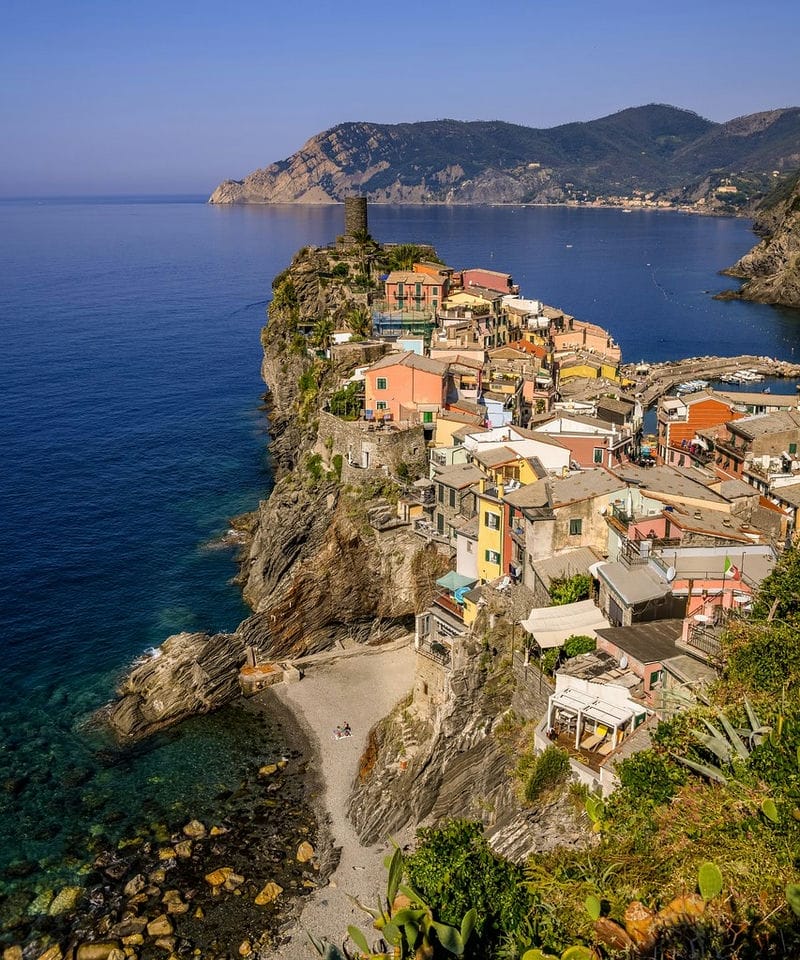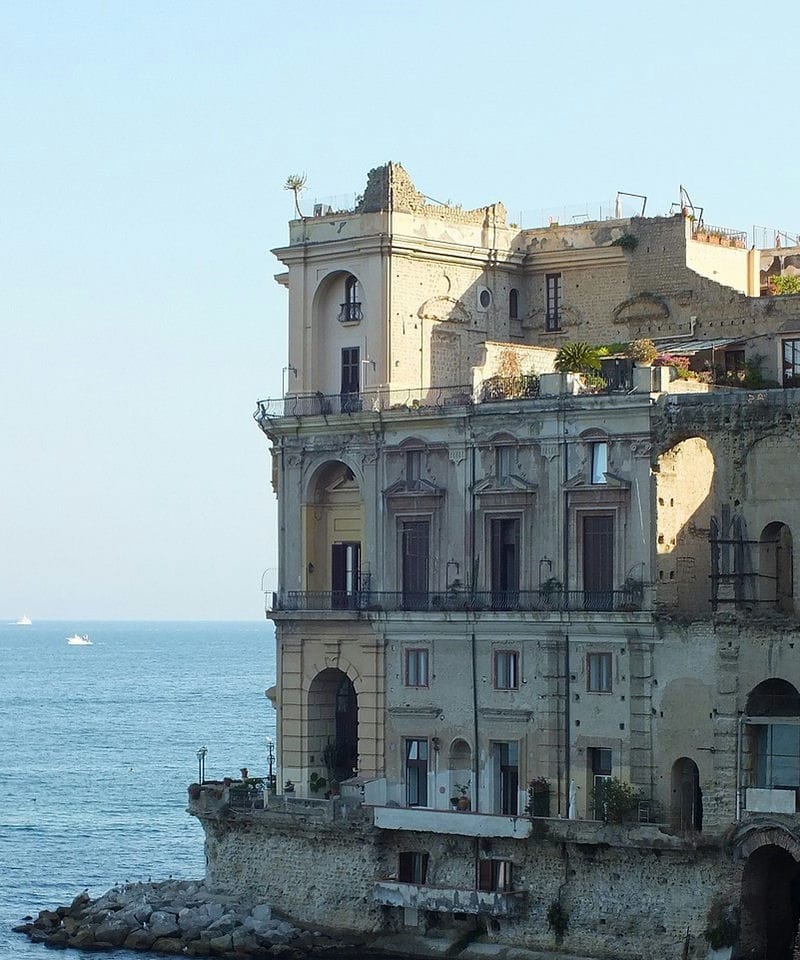
Cost of Vacation in Italy: Budgeting for Your Dream Trip
Key Takeaways
- The overall cost of vacation in Italy is influenced by accommodation, transportation, and dining choices.
- Planning a budget should include considerations for sightseeing and incidental expenses.
- Italy offers a range of options to suit various budgets, from economical to luxury travel experiences.

A vacation in Italy offers travelers a chance to explore a country with a rich history, iconic art, vibrant culture, and delicious cuisine.
The cost of a trip to Italy can vary significantly based on several factors including the type of accommodation chosen, the mode of transport used for getting around, the dining experiences desired, and the range of sights and activities on the itinerary.
Whether it's savoring a meal in a traditional trattoria, admiring ancient ruins, or enjoying the country's natural landscapes, each choice directly impacts the overall budget.
Evaluating the daily budget is essential when planning a trip to Italy. Costs can range from affordable to luxurious, with options to fit the financial considerations of a variety of travelers.
Accommodations range from budget-friendly hostels to luxury hotels, while transportation choices include economical public transit or a more expensive rental car.
Expenses for your own meals can also vary greatly, from grabbing a quick pizza to dining at upscale restaurants.
Visitors should also factor in entrance fees for attractions, which can add up, especially for those keen on visiting multiple landmarks and museums.
Accommodation Costs in Italy
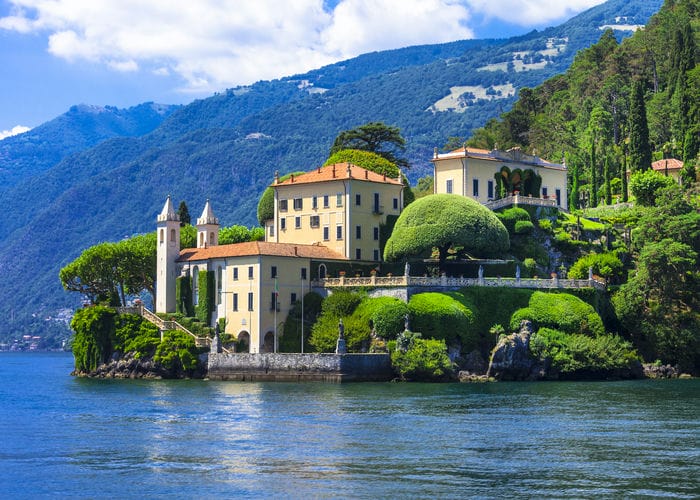
The variety of accommodation options in Italy caters to a broad spectrum of travelers, from those on a shoestring budget to those seeking the ultimate in luxury.
Prices fluctuate considerably depending on the location, season, and the level of comfort desired.
Budget Accommodations: Hostels and Budget Hotels
For budget-conscious travelers, hostels and budget hotels offer the most economical lodging options.
Prices for a hostel bed can range from as low as €20 to €50 per night, depending on the city and time of year.
Budget hotels tend to cost slightly more, with average daily costs for a budget hotel room around €50 to €100.
Mid-range Accommodations: Hotels and B&Bs
Mid-range travelers can find comfortable accommodations in hotels or bed and breakfasts (B&Bs) with prices typically between €100 to €200 per night for a double-occupancy room.
These establishments often provide a more personalized experience and may include amenities such as free Wi-Fi and breakfast.
Luxury Accommodations: 5-star Hotels and Resorts
For a taste of luxury, 5-star hotels and upscale resorts in premiere locations like Rome, Venice, Milan, the Amalfi Coast, and Cinque Terre provide lavish amenities with prices starting from €300 and can soar well above €1000 per night.
These opulent accommodations often boast prime locations, exquisite dining options, and exceptional service.
Seasonal Price Variations
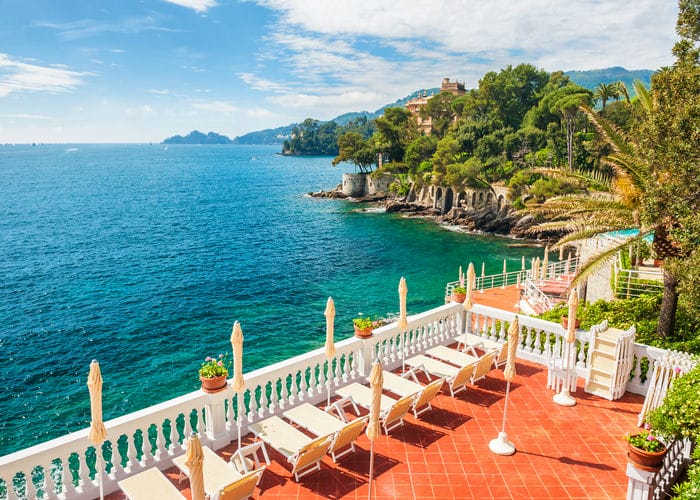
Accommodation prices in Italy can vary greatly with the season.
The high season, generally from June to August, sees the highest prices, especially in tourist hotspots like Florence and near major attractions like the Colosseum.
During the low season, generally, from November to March, travelers can often find lower prices and deals except in December during holiday festivities.
Visiting in the shoulder seasons, such as October, can result in a good balance of lower costs and pleasant weather, making it a good time to book hotels and enjoy the country's offerings.
Tips for Finding the Best Accommodation Deals
To secure the best rates, book in advance, especially if traveling during peak season. For last-minute travel, hotel booking websites often offer discounts on unsold rooms.
Staying slightly outside the main tourist areas can also reduce costs significantly; for example, rather than staying in central Venice, consider nearby locations such as Mestre or even Padua for better deals.
Utilize customer reviews on platforms like Booking to gauge the quality and value of accommodations.
Consider alternative accommodations like Airbnb for a local and potentially more affordable experience.
Using these guidelines, travelers can effectively plan their accommodation budget for a trip to Italy that aligns with their financial parameters and travel style.
Transportation Costs Within Italy

When budgeting for a trip to Italy, a significant portion of the budget will go towards transportation within the country.
Transportation options vary greatly and include public transportation, car rentals, domestic flights, and taxis or rideshare services. Making informed choices can help manage these expenses effectively.
Public Transportation: Buses and Trains
Public transport is widely available across Italy with trains and buses being practical options for getting around.
Major Italian cities like Rome, Venice, Florence, and Milan have extensive networks. On average, a round-trip ticket for regional trains may range from €4 to €25, depending on the distance and train type.
The high-speed trains, such as the Frecciarossa, offer faster travel at a higher cost.
For budget travelers, services like Trenitalia and Italo can be economical, especially when booked in advance.
The cost for buses, like those operated by Flixbus or local services, tends to be lower, offering an affordable alternative for sightseeing and for city center transfers.
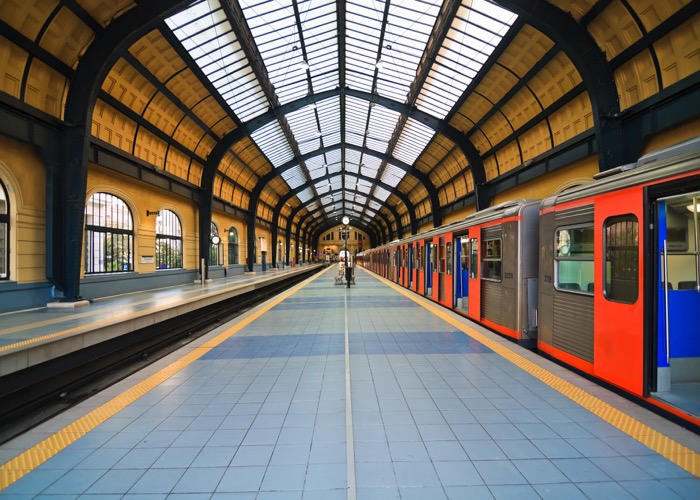
Car Rentals and Fuel Costs
Renting a car provides flexibility, especially for exploring rural areas or the Amalfi Coast.
Average rental prices can start from €30 to €50 per day, excluding fuel costs.
Fuel prices fluctuate but hover around €1.5 to €1.7 per liter. Remember to factor in parking expenses, which can vary widely by city; for instance, marked roads with a white line usually denote free parking zones.
Domestic Flights
For longer distances, such as traveling from Rome to Sicily, domestic flights can save time.
However, flights can be pricier, with costs depending on the season, booking time, and carrier. It is not uncommon for flight prices to range from €50 to €200.
Low-cost carriers may offer competitive rates, particularly for those who book well in advance.
Taxis and Rideshare Services
Taxis are a convenient option, especially when public transport is not available or when carrying heavy luggage.
Taxi fares start with a base rate of about €3-€5 and increase by distance.
Rideshare applications, such as Uber, are available in major cities and may offer slightly lower fares compared to traditional taxis.
Cost-saving Tips for Transportation
- Book in Advance: Train and flight tickets are often cheaper when purchased ahead of time.
- Use Regional Trains: Opt for slower regional trains for significantly lower fares compared to high-speed services.
- Consider Transportation Passes: City or regional transportation passes can offer unlimited travel within a certain period, leading to savings.
- Shared Transportation: Sharing rides or rental costs with fellow travelers can reduce expenses significantly.
For more tips on how to plan your trip to Italy, including budgeting for transportation, you can visit this guide to arranging your dream vacation: How to Plan a Trip to Italy | Guide to Your Dream Vacation.
Food and Dining Expenses

Italy offers a diverse culinary journey, from budget-friendly options to luxurious dining experiences, all showcasing the rich regional flavors of the country.
Average Cost of Meals: Budget vs. Upscale Dining
Budget travelers in Italy can typically expect to spend around €10 for a simple yet delicious meal, such as pizza or pasta dishes, in casual eateries or from street vendors.
Upscale dining in cities like Rome, Florence, and Milan will see an average price of around €50 per person, where diners can indulge in a three-course meal often accompanied by regional wine.
Cost of Groceries for Self-catering
For those who want to save money and are opting to self-cater via an Airbnb or similar accommodation, basic grocery costs for a day's meals could range from €15 to €20.
This assumes the purchase of ingredients for classic Italian fare such as pasta, fresh vegetables, locally-produced cheeses, and a bottle of wine.
Regional Price Differences

Dining expenses vary by region, with major tourist cities like Venice and Milan typically seeing higher prices.
Bologna and the rolling hills of Tuscany, famed for their culinary contributions, offer mid-range dining options, while Naples, the birthplace of the iconic pizza Margherita, boasts more affordable prices for authentic Italian cuisine.
Tips to Eat Well on a Budget
- Consider the 'pranzo fisso' or fixed-price lunch menus for good value.
- Purchase fresh produce from local markets and prepare meals at your accommodation.
- Avoid tourist traps; seek out where locals eat, often just a few streets away from main attractions.
- Gelato and espresso are affordable treats, allowing travelers to enjoy Italy’s famous desserts and coffee culture without overspending.
In Italy, food is much more than sustenance—it is a window into the culture and a reflection of regional traditions, from the pasta dishes of Rome to the succulent seafood of coastal towns.
Sightseeing and Attractions

When traveling to Italy, exploring the rich tapestry of sightseeing options is essential to experience the culture and history.
From iconic ancient ruins in Rome to the picturesque canals of Venice and the art heritage of Florence, visitors should budget for various attraction costs, including entry fees, guided tours, and city passes.
Entry Fees for Major Tourist Attractions
- Colosseum: Expect to pay around €16 for a standard ticket.
- Vatican Museums: Admission is approximately €17.
- Uffizi Gallery, Florence: Tickets are around €20.
Museum and Gallery Costs
- General Admission: Typically ranges from €5 to €25.
- Special Exhibits: Additional fees may apply for temporary exhibitions.
Guided Tours and Excursion Rates
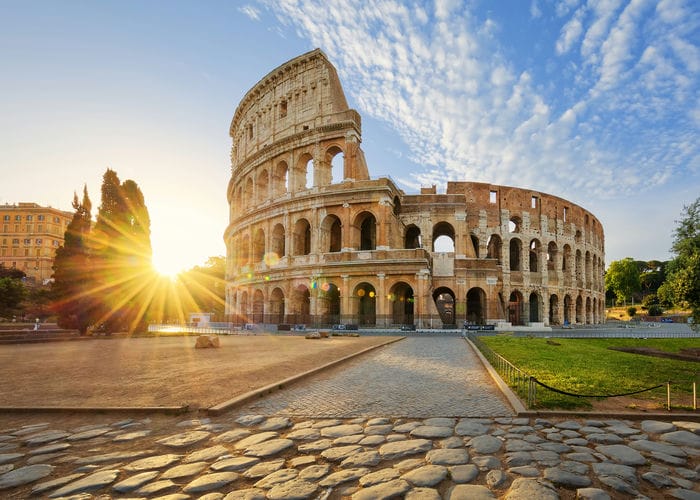
- Group Tours: Around €25 to €100 depending on the duration and exclusivity.
- Private Tours: Can exceed €150 for a personalized experience.
City Pass Options to Save on Attractions
- Rome Pass: Starts from €32 for 48 hours, includes free entry to two attractions, and discounts thereafter.
- Venice Card: Various options that can include transport and entry to museums and churches.
Free Activities and Sights
- Pantheon, Rome: No entry fee.
- St. Mark's Square, Venice: Free to visit, though basilica entry has a fee.
- Walking Tours: Many cities offer 'free' walking tours (tipping in Italy is not mandatory but expected).
Each of these attractions and activities adds unique insight and value to the Italy trip cost, complementing the overall sightseeing experience.
Daily Budget Estimates

When planning a vacation to Italy, it's essential to establish a daily budget that aligns with your travel style, from budget-friendly to luxurious.
Understanding the range of expenses you’re likely to encounter can help you plan a trip that's both enjoyable and financially feasible.
Budget Travel Daily Cost Estimates
For those looking to explore Italy on a shoestring, budget travel costs on average about $70 per day.
This accounts for frugal meal options, such as local eateries or self-catering, which typically cost around €10.
Additional daily expenses include modest accommodations, public transportation, and free to low-cost activities.
For instance, a visit to how many days you need in Italy can provide insights into planning a cost-effective itinerary that maximizes the travel experience within a limited budget.
Mid-Range Travel Daily Cost Estimates

Kid eating ice cream in Rome - credits: Dudaeva/Shutterstock.com
Travelers seeking a mid-range experience can expect to spend approximately $150 to $240 per day.
This caters to staying in mid-tier hotels or B&Bs, dining at casual restaurants, and occasionally splurging on a nicer meal, with daily meals averaging $49 (€45).
Using Italy’s convenient train system that boasts a train station in the country's key points of interest, and partaking in group tours for sights like the Colosseum maximizes a mid-range budget.
Shared expenses with travel companions and wisely chosen local experiences, like those outlined in travel resources, can improve the cost-efficiency of your trip.
Luxury Travel Daily Cost Estimates
For luxury travelers, a day in Italy might cost upwards of $300. This includes opulent accommodations, fine dining, private tours, and exclusive experiences.
High-end hotels average $272 (€250) per night, though luxury alternatives can be significantly more.
Transportation is likely to be private or premium rentals, and the budget must account for top-tier tourist attraction fees.
Additional Expenses

When planning a trip to Italy, travelers should account for additional expenses outside of the typical categories of flights, accommodations, and food.
These can include shopping, entertainment, and unexpected costs, which can vary greatly depending on personal preferences and travel style.
Shopping and Souvenirs
Italy offers a range of shopping experiences from luxury brands to local markets.
Travelers should budget for souvenirs and gifts, with expenses ranging from a few euros for small trinkets to several hundred for high-quality leather goods or designer fashion.
- Typical Costs for Shopping:
- Postcards, magnets: €1 - €5
- Leather goods (wallets, belts): €30 - €150
- Designer clothes, luxury items: €200+
Entertainment and Nightlife
The entertainment and nightlife in Italy cost will largely depend on a traveler's preferences. A ticket to the opera or a high-end club can cost significantly more than a casual evening at a local bar.
- Entertainment Costs:
- Opera or theater ticket: €30 - €150
- Club entry fee: €10 - €30
- Cocktail at a bar: €5 - €15
Travel Insurance
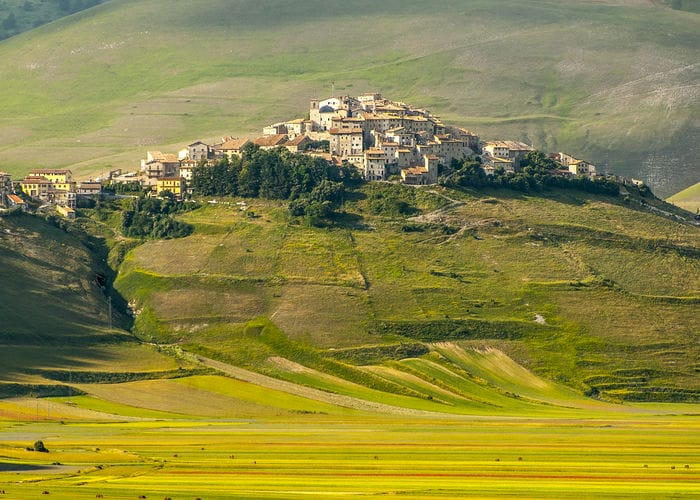
Purchasing travel insurance is advisable as it can cover unexpected events such as trip cancellations, medical emergencies, or lost luggage.
Costs can vary widely, but basic plans can start from around €25 and go up with comprehensive coverage and higher limits.
- Insurance Costs:
- Basic coverage: from €25
- Comprehensive coverage: €100+
Unexpected Costs
Travelers should always prepare for unexpected costs, such as emergency purchases, additional transport fares, or tips for services.
It's beneficial to have a contingency budget that is around 10% to 15% of the total trip cost to cover any unforeseen expenses.
- Budgeting for the Unexpected:
- Extra travel fares: €10 - €50
- Emergency purchases (e.g., medication, clothing): €5 - €100
- Tips for services (optional in Italy, appreciated for exceptional service): €1 - €5 per instance
Sample Budgets for Italy Vacations
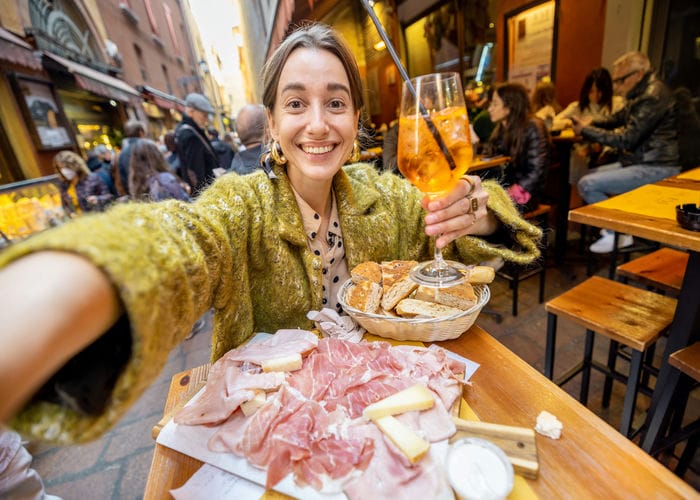
When planning a trip to Italy, understanding the actual costs of potential expenses can help you allocate your budget effectively. Here you'll find sample budgets tailored for different types of travelers to Italy.
Example Budget for a Solo Traveler
Accommodation: Budget options such as hostels start at approximately $50 per night.
Food: Budgeting around $30 a day for simple meals and groceries.
Activities: Setting aside $20 per day to cover entrance fees for attractions.
Transportation: Using a mix of public transport, estimate around $25 per day.
Total Estimated Daily Budget: $125
Example Budget for a Couple
Accommodation: Double-occupancy hotel rooms average about $270 per night.
Food: Dining out for two may cost about $80 per day.
Activities: Approximately $40 daily for tickets and tours for both.
Transport: Couples can budget $50 daily for car rentals or train passes.
Total Estimated Daily Budget: $320
Example Budget for a Family
Considering a family of four and including child-friendly activities, the cost dynamics change.
Information from the guide to family travel in Italy suggests accounting for family accommodations, group transport, and activities that everyone can enjoy.
Accommodation: Family-oriented stays such as vacation rentals may average $270 per night.
Food: An estimated $120 a day to feed a family, with occasional treats like gelato.
Activities: $80 a day for family tickets to attractions and experiences.
Transportation: Rental vehicles or family train tickets could total around $70 per day.
Total Estimated Daily Budget: $470
How to Adjust the Budget for Different Trip Durations
For shorter trips, prioritize the experiences you most desire; transportation and activities can consume a larger portion of your budget.
For extended stays, consider longer-term rentals or rail passes for savings, and capitalize on free attractions to stretch your budget.
- Short Trip (3-7 days): Aim to spend more on experiences since time is limited.
- Extended Trip (Over 7 days): Look for cost-saving opportunities and the possibility of cooking meals at accommodations.
Final Thoughts
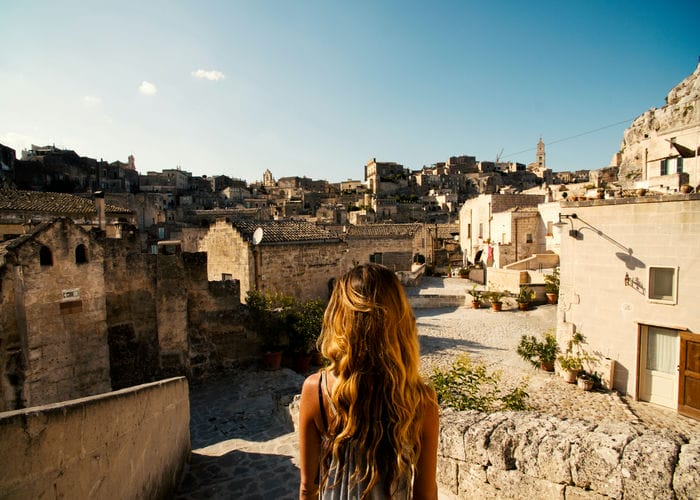
The cost of a vacation in Italy can vary significantly based on several factors including transportation, accommodation, dining, sightseeing, and shopping preferences.
On average, a mid-range budget traveler spending about $150 per day can enjoy comfortable accommodations when they visit Italy, savor local cuisine, and experience Italy's rich culture and attractions.
For those considering accommodation and dining options, prices will fluctuate based on location and type.
Staying in mid-range hotels or Airbnb and dining at moderately priced restaurants typically keep daily costs within a reasonable range.
Transportation, often by Italy's convenient trains, is a cost-effective and efficient way to explore the country. Group tours can provide affordable opportunities for experiencing top attractions.
An Italy travel budget requires a balance between one's expectations and financial limits, allowing travelers to tailor their experiences to both personal interests and trip budget constraints on their trip to Italy.
Here is a summary of an estimated trip to Italy cost:
- Per-day cost for a mid-range traveler: $150
- Accommodation: Mid-range hotels or Airbnb
- Dining: $$ restaurants
- Transportation: Public trains, rental cars
- Sightseeing: Group tours, ticketed attractions
For travelers flying from Europe and renting a car, daily expenses can be around $240.
Those coming from the US may see this figure rise to $295. It's important to account for these variables when planning an Italian vacation.
Of course, for a more in-depth look at what your trip to Italy can look like, you can take a peek at our Italy vacation packages. lake
You can also contact our team of experts so they can design a bespoke Italy itinerary that accommodates your desires and budget!






